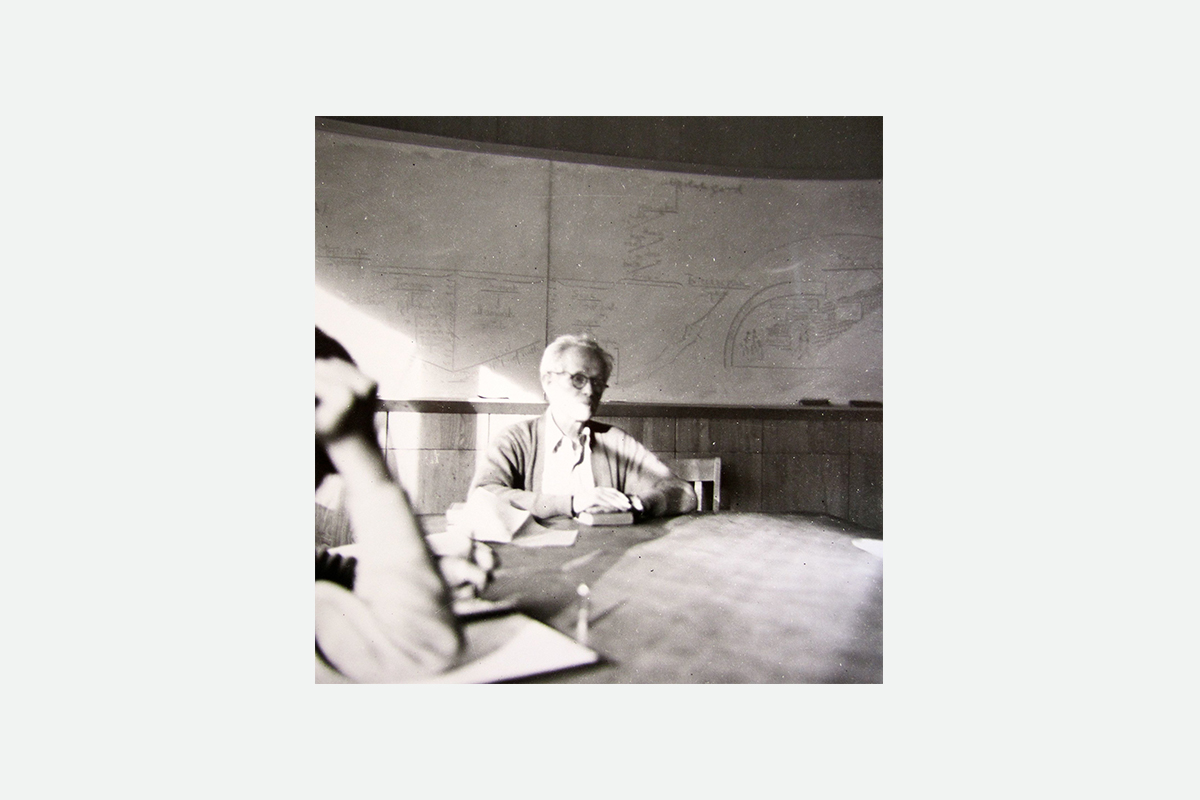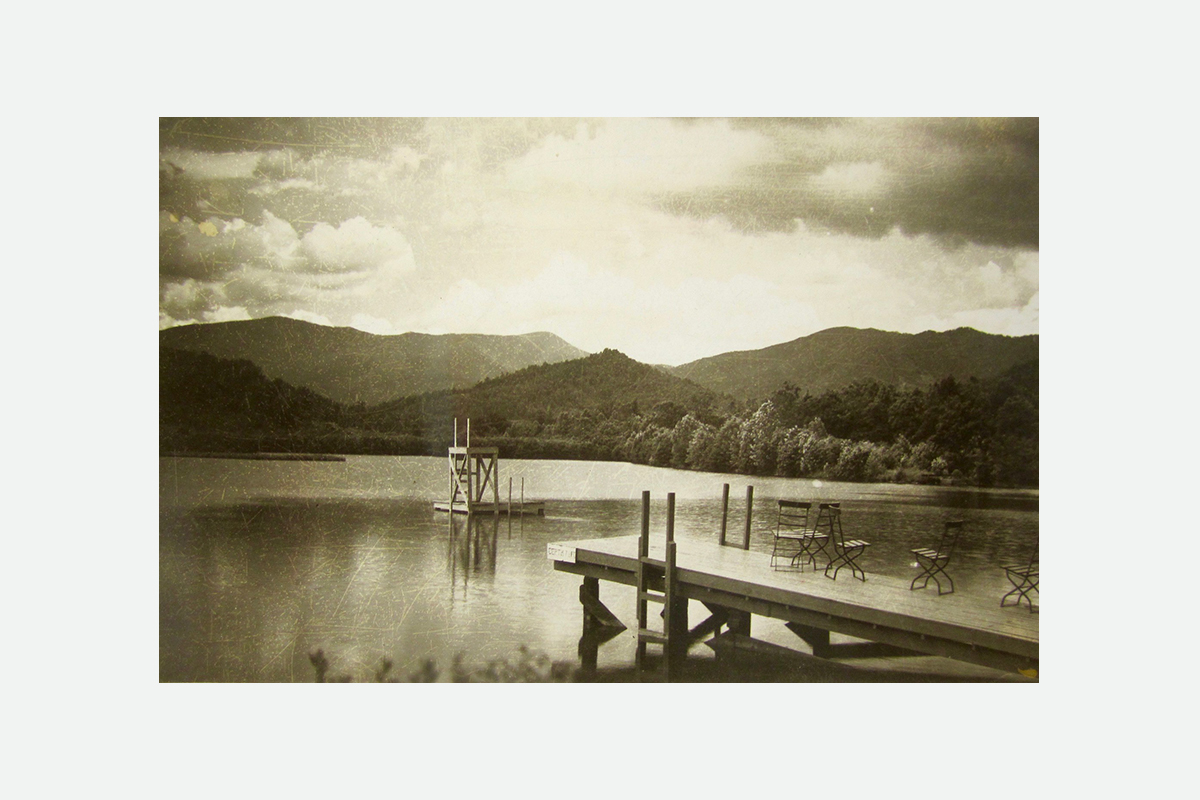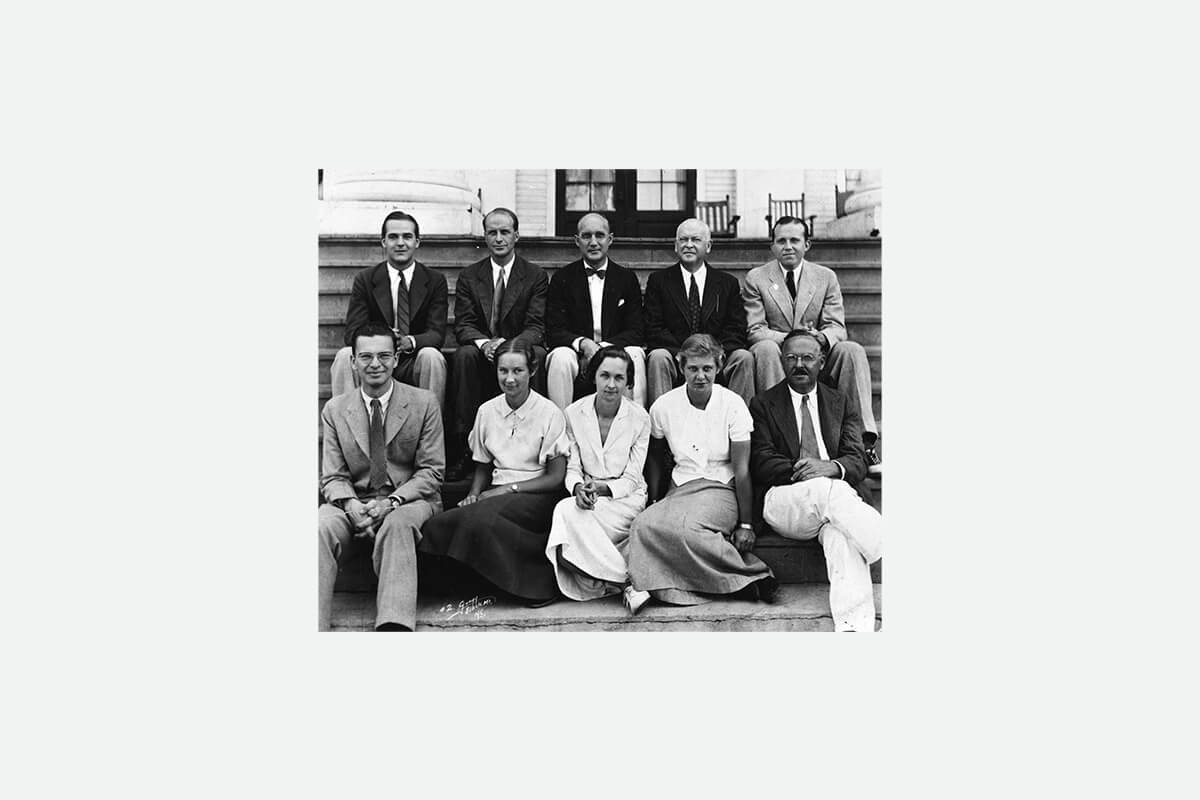Who Are the Black Mountain Poets?
A cross between art, education, and experimentation, The Black Mountain College in North Carolina helped foster a mid-20th-century American avant-garde movement. The poets who came up through this brief but impactful program are known today as the Black Mountain Poets.
Sometimes called “projectivist poetry,” the students and teachers of the Black Mountain Poetry movement shared a philosophy that the arts were essential to human understanding. With that, they were often more concerned about the process of writing or reading a poem than the product of the poem itself.

Max Dehn, a faculty member at BMC from 1945 to 1952
The movement urged poets to remove their subjectivity from their work and “project” their energy directly to the reader. More practically speaking, the goal was to promote the use of open verse (rather than adhering to traditional form and measure) and emphasis on sound, breath, and motion. With this philosophy in mind, the Black Mountain Poets and their work have strong connections to the beat movement and the language poetry movement.

Lake Eden at the Black Mountain College campus in 1938
Although the historic Black Mountain College only lasted 23 years (from 1933 to 1956) and enrolled fewer than 1,200 students, its curriculum left a lasting impact on the visual, literary, and performing arts. Introduce the below list of important students:
Ed Dorn
Poet and teacher Ed Dorn is best known for his work Gunslinger, which is a long poem divided into five sections. Part one was published in 1968, but the completed work was not published until 1975. The poem is political in nature, has multiple characters, and intentionally creates a jumble of American speech designed to frustrate and challenge the reader.
Robert Duncan
Influenced by the poetic traditions of Ezra Pound, William Carlos Williams, and David Herbert Lawrence, Robert Duncan was a natural fit for the Black Mountain College. Born in Oakland, CA, Duncan spent most of his career in San Francisco, where he was published by the prolific City Lights Bookstore and became a central figure in the San Francisco Renaissance. In addition to his poetry, Duncan wrote many essays which are regarded today as early cornerstones of LGBTQ+ literature.
Larry Eigner
As a principal figure of the Black Mountain Poets and the language poetry movement, Larry Eigner’s work often appeared in the journal L=A=N=G=U=A=G=E. In fact, he appeared on the front page of its inaugural issue in 1978. Over the course of his life, Eigner published more than 40 collections of poetry.
Denise Levertov
Of those associated with the Black Mountain Poets, Denise Levertov is arguably the most prolific. Like other Black Mountain Poets, Levertov was invested in organic, open-form poems like those of William Carlos Williams. Her work has been called passionate, mystic, personal, and political. Levertov showed an early aptitude for poetry and published a vast range of work during her career, including at least 24 books of poetry, in addition to prose, criticism, and translations.
Hilda Morley
Like Levertov, poet and writer Hilda Morley had an early penchant for poetry, composing her earliest poems at just 9 years old. By age 13, she was mastering sonnets and using rhyming quatrains in her work. Inspired by William Carlos Williams, a favorite among the Black Mountain Poets, Morley became intensely interested in making rhythm out of elements of ordinary speech.




